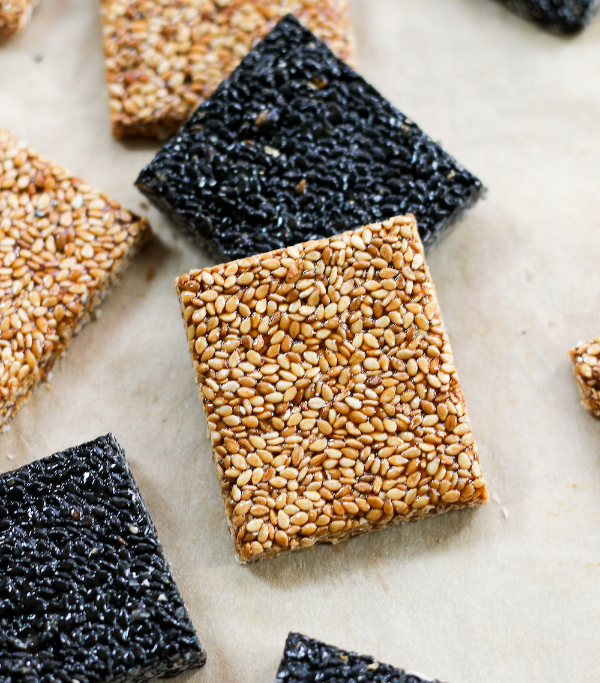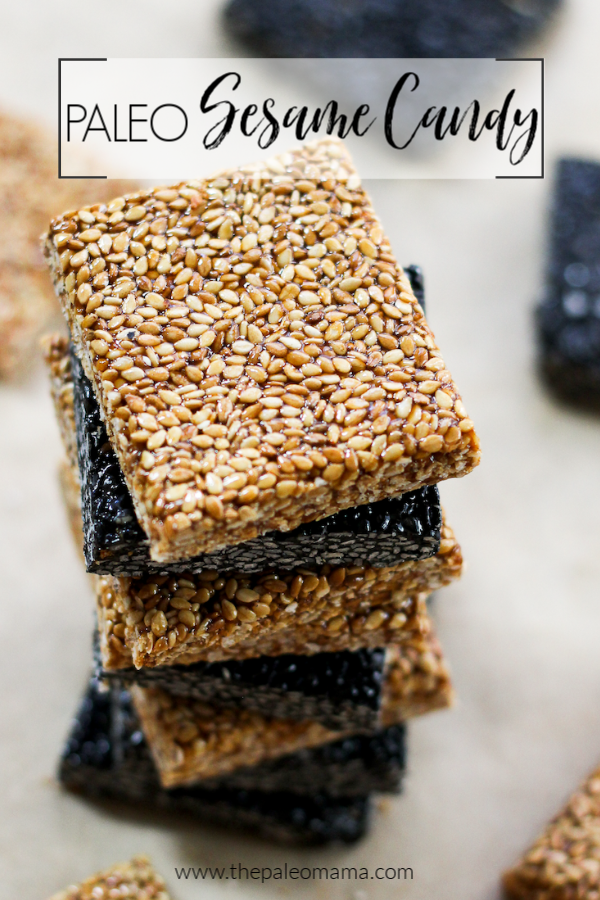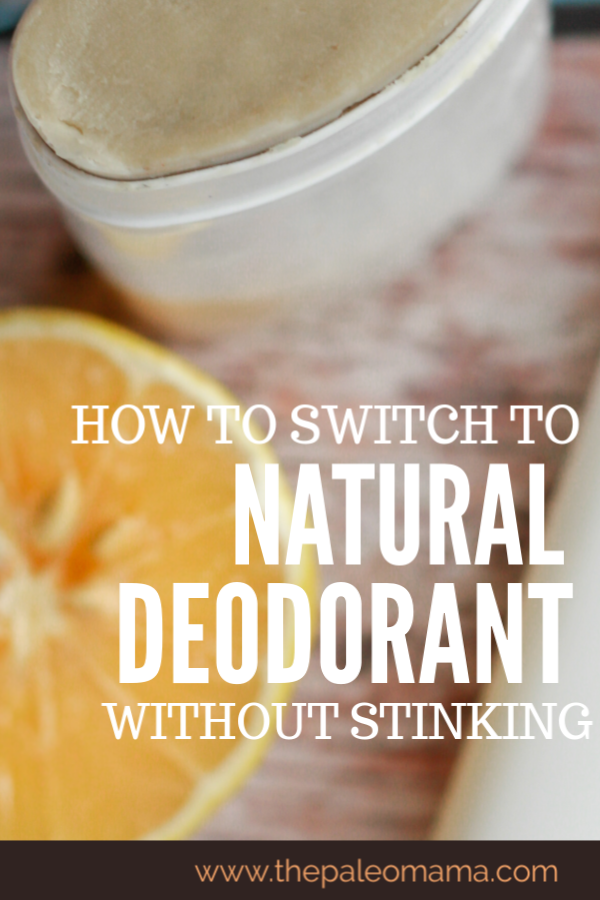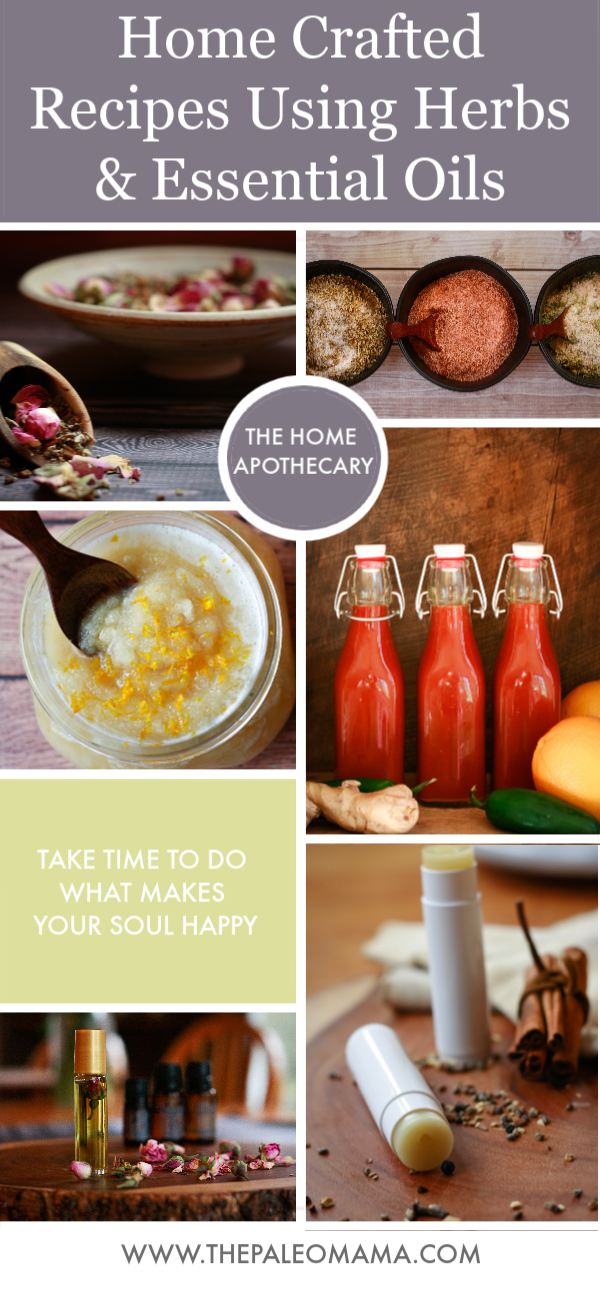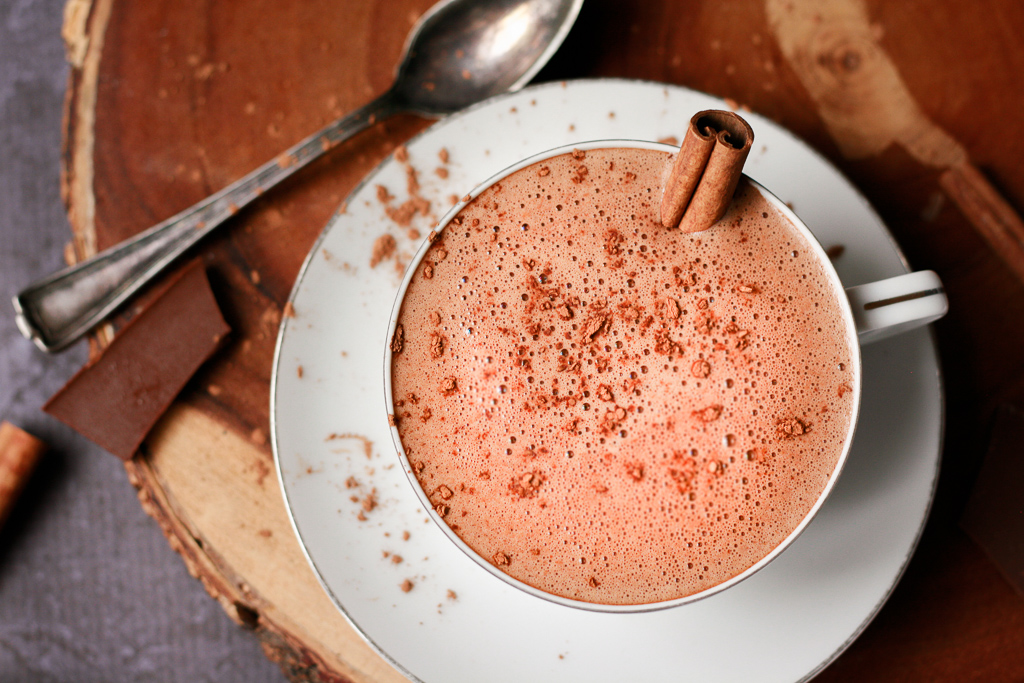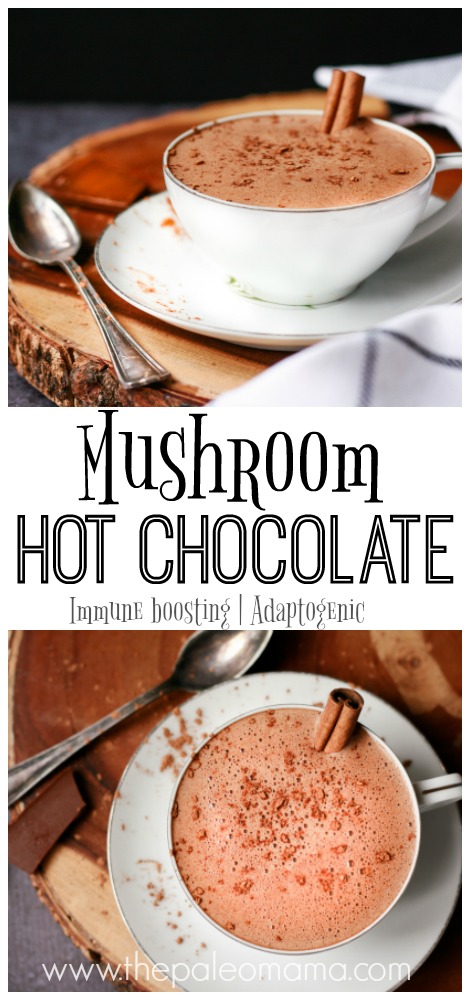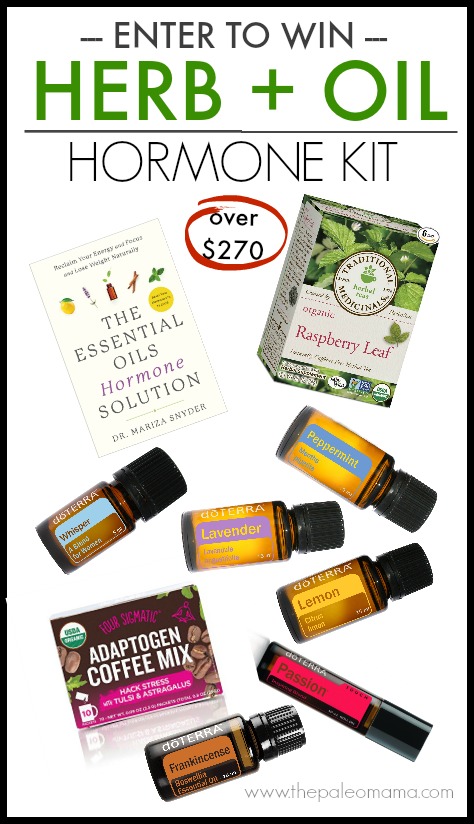If you are following me on our podcast then you have heard me talking about how important healthy sleep is. I used to start my day feeling like I had just worked eight hard hours before my feet even hit the floor. I tossed and turned all night and hardly slept. I struggled with this for years and sleep, for me, was a luxury, not a way of life. It wasn’t until I put some super duper important things into action and created some rituals that I started to sleep better.
On average, I used to wake up 10-15 times a night. I thought it was normal until one day last year I asked my friends, “Hey, just curious, but do you wake up 10-15 times a night too?” They looked at me and said, “Jackie this ain’t normal.” So I figured I would share some of my daily rituals that have helped me to get a much better sleep.
Let’s be honest — insomnia hits all of us from time to time. Usually we can figure out why we didn’t sleep. Maybe we had life’s chaos on our mind, or one of the kids was sick, or work stress is looming large in our minds. Or maybe we just ate or drank too much of the wrong things and we sabotaged our own sleeping hours.
But that’s not what this article is about. It’s about never sleeping well. It’s about always feeling tired and sleepy. In the United States, up to 70 million people suffer from a sleep disorder, and only 44 percent reportedly get a good sleep on a regular basis. What can we do to ensure that we can successfully get the rest we need at night?
To help us solve our sleep problems, many sleep experts are talking about the power of sleep optimization. Sleep is part of what makes us human. It is a core requirement of life, and the quality and quantity of it that we get directly impacts both our physical and mental health. So we should be optimizing it to get the most that we can out of the hours that we sleep each night.
What Keeps Us From Getting the Sleep We Need?
There are many reason we don’t sleep, but we can probably fit all those reasons into the following six surprising sleep wreckers that keep us up at night.
1. Stress
Who isn’t stressed in today’s world? Most adults face high stress levels at least occasionally. Even teenagers say that school and family finances cause them stress, and confess to worrying more than sleeping at times. Stress causes our adrenal glands to release hormones such as adrenaline and cortisol, which keep us hyped up and unable to snooze.
2. Depression
Insomnia and depression go hand in hand. Research suggests that people with insomnia have ten times the risk of developing depression as people who sleep well. Serotin, a chemical in the brain that affects mood, emotion, sleep, and appetite, is a reason that depression and insomnia go together.
3. Caffeine
Don’t kill me. I know, I know…don’t mess with a woman and her coffee, but girl…you might need to cut it out. Listen, caffeine stays in the bloodstream as long as eight to fourteen hours, keeping you wired when you should be sleeping. A latte with two shots of espresso contains about 150 milligrams of caffeine. If you have that at 5 p.m., by the time you wake up at 7 a.m. the level of caffeine in your body is still about 75 milligrams. Coffee and tea are loaded with caffeine, but so is chocolate, which is notorious for causing sleep problems that people do not recognize.
4. Hormones
For women, reproductive hormones are shifting during monthly cycles, when pregnant, and during menopause, and they mess with brain chemicals that regulate sleep.
5. Alcohol
Alcohol disrupts your ability to doze in a number of ways. It shortens the time it takes to fall asleep, but it also reduces REM sleep. As it begins to leave your body, sleep becomes shallow and disrupted. It also causes swelling of mucus membranes and blocked airways.
6. Eating
Either eating too much or too little at bedtime can interrupt sleep. A heavy meal causes reflux, triggering heartburn, pain, or coughing. Although eating too close to bedtime can disrupt sleep, so can eating too little. This problem is often seen in women who are trying to lose weight.
These are some of the major sleep wreckers, but watch out for others as well. Things like medications, vitamins, or supplements can hinder sleep. Undiagnosed or chronic pain, an old uncomfortable mattress, pets in bed, or a snoring partner can also be a cause of poor sleep. And you should always rule out a sleep disorder. (To learn more about possible sleep disorders, see here.)
What Can I Do to Optimize My Sleep?
Getting a better night’s sleep could be as simple as adjusting your sleep rituals to be sure you are giving yourself the best opportunity to rest well. You are important and making space for yourself is important so here are some tips for habits that will lead you to a better night’s sleep.
Eat Well and Maintain a Healthy Exercise Routine
In the evening, avoid high carbohydrate foods that flood your muscles with glucose, and cause involuntary muscle movements during your sleep, which disrupts your rest. If you are hungry just before bed, try snacking on a handful of nuts or a Golden Milk. They provide protein and fat, which digest more slowly and lead to a calm sleep. They are also rich in magnesium, a mineral that helps to calm the nervous system. Don’t decide to exercise too close to bedtime, because exercise ramps up your metabolism and body temperature and makes it difficult to fall asleep.
Find Your Sleep Rhythm
Experiment for a few nights to find out the best time for you to go to sleep and the best time to wake up. Creating this sleep rhythm helps to regulate your body’s internal clock, and can help you sleep better. I have a bedtime routine, just like my kids do: I take a detox bath or shower, brush my teeth, put on comfortable pjs, power up my diffuser with some Lavender or Serenity, and grab a book to read. If I must work on the computer, I make sure to put my blue blocker glasses on which block the blue light of your computer, TV or phone. Blue light disrupts circadian rhythm. I keep one pair of these glasses by my bed and then I have the pair that I wear when I work in my office.
Say No to Alcohol, Caffeine, Nicotine, and Electronics
These things just make going to sleep more difficult. Don’t drink alcohol or caffeine too close to bedtime. Leave electronics like TVs, computers, and phones outside the bedroom. Avoid bright light for an hour before bedtime. Darkness helps your body produce melatonin, a hormone that regulates sleep. When you wake in the morning, let the sun shine in so your body begins to waken naturally.
I was so desperate to sleep better that I gave up caffeine completely. It was hard and life sucked for the week that I detoxed but it was so worth it. I wasn’t even drinking coffee past 10am, but because I was waking up so much in the night, I thought my adrenals and hormones needed a break from the constant morning caffeine. Eliminating it wasn’t too hard. I didn’t quit cold turkey but slowly eliminated it over a week timeframe. The first few days I drank a 75% regular coffee and 25% decaf mixture. Then day 3 and 4 I did a 50:50 mixture. Then day 5 and 6 I did a 25% regular and 75% decaf mix. And by day 7 I was weaned! I still drink coffee, but it’s always decaf.
Keep Cool
Your bedroom should be a quiet, dark, relaxing nest, neither too cold nor too hot. You should have supportive pillows that feel comfortable. Try keeping your bedroom between 66 and 70 degrees.
Wind Down
Don’t jump off your fancy Peloton bike and fall into bed for a night’s sleep. Your body needs time to shift into sleep mode, so spend your last hour before bed doing a calming activity. Read a chapter in a book, take a warm bath, have a nice warm cup of chamomile tea, and share some special moments with your spouse or loved one.
Use Calming Essential Oils
If you have followed me on Instagram or Facebook then you already know that essential oils are powerhouses that can help you have a good night’s rest. Essential oils like Lavender and Bergamot are rich in linalool and linalyl acetate, compounds that have well-known relaxing properties. These oils can be diffused aromatically in the bedroom to create a calming and peaceful environment, perfect for getting a good night’s sleep. They can also be used topically and taken internally to calm the nervous system, promote relaxation, and lead to a restful sleep. Try placing two drops of Lavender or Bergamot essential oil in a warm, herbal tea (Chamomile, Lemongrass, etc.), or another favorite uncaffeinated beverage about 30 minutes before going to bed, or add eight to ten drops of Lavender into 2 cups of epsom salt and pour it into a hot bath.
Get Sleeping
Optimizing your sleep is as simple as tweaking your sleep habits to be as practical and effective as possible. With just a few minor adjustments to the way you approach your time for sleeping you can move from the nightmare sleepless night to the sweet dreams restful sleep that you have been craving.
Sleep is that golden chain that ties health and our bodies together.
—Thomas Dekker
Sources
- https://www.webmd.com/sleep-disorders/features/having-trouble-sleeping#1
- http://blogs.biomedcentral.com/on-health/2016/06/21/time-wake-power-sleep-optimization/
- https://www.doterra.com/US/en/blog/healthy-living-sleep-what-many-of-us-are-missing

